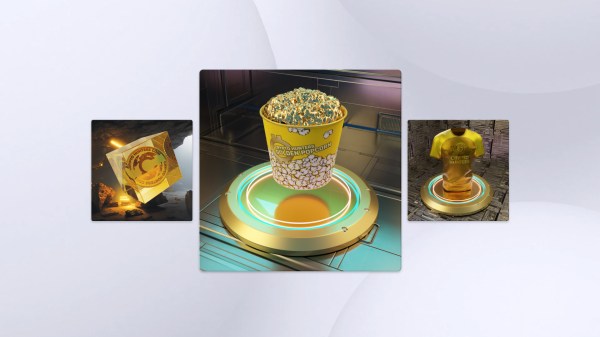In the digital environment developed from the blockchain, NFTs constitute a thriving digital asset market in which various actors participate, monetising digital content and granting autonomy to its owners.
In recent times, the concept of NFTs has become particularly relevant, especially after the emergence of Meta and the possibilities opened up by the development of this metaverse.
But what are NFTs?
NFT stands for non-fungible token , a concept that refers to assets that cannot be replaced due to their unique properties.
Thanks to NFTs – which can only have one owner – it is possible to tokenise things like art, collectibles, products and even real estate. By operating under the smart contract platform Ethereum - which is underpinned by Blockchain and Big Data – it is possible to guarantee the authenticity and non-duplicity of assets.
NFTs: a growing market
As far as NFT markets are concerned, OpenSea is one of the most important. It is a platform with more than one million users and concentrates around 80 million NFTs, mainly linked to video games and digital art.
The platform recorded a transaction volume of more than USD $2 billion during the first months of 2022, demonstrating its positioning in the new token market.
When it comes to video games, play-to-earn is growing by leaps and bounds thanks to the NFTs. The concept translates as “playing to earn”, and is a trend whereby players can earn digital assets and trade them without the need for third parties.
Axie Infinity is one of the games operating on the basis of an NFT economy, and its success has been such that, during 2021 alone, it reported revenues of more than USD $1.3 billion.
Non-fungible tokens can also operate as identification systems, as is the case with Stepn, an app that rewards users for running, for which you need to buy the NFT of a running shoe.
GMT, Stepn’s governance token, has risen by more than 1,500% so far this year, a clear sign of the growth of this and other platforms that base their operation on this type of digital asset.
What elements and characteristics define NFTs?
The Ethereum network operates as a virtual machine governed by blockchain technology, encoded in Solidity, which allows smart contracts to be signed.
The tokens, created in ERC-20 format, differ from NFTs in that the latter are unique and indivisible pieces, as they have a unique digital code that constitutes the signature of their creators. Conventional tokens can be duplicated, as is the case with a cryptocurrency (1 ETH can be replaced by another ETH).
Function and utility
NTFs offer the opportunity for digital artists to sell or exchange their works on digital marketplaces through the Ethereum network. At the same time, they enable the generation of a digital economy in which new tokens underpin activities such as transactions, video games, fashion, etc.
NFTs open up possibilities to explore new art forms, such as virtual galleries, spaces in the metaverse, the creation of virtual products and much more. For example, one of the most revolutionary NFT markets is the sale of real estate in the metaverse, which saw revenues of more than USD $85 million in January of this year alone.
It is important to recognise the scope of Blockchain and Big Data in the transformation of society, its influence on the development of new trends and, ultimately, of a way of relating to each other that is already setting the tone in global markets.
And although for now NFTs are mostly related to digital art and video games, their applications are as broad as the possibilities offered by the Blockchain, and are key to monetising metaverses and, ultimately, to shaping the new digital society.










